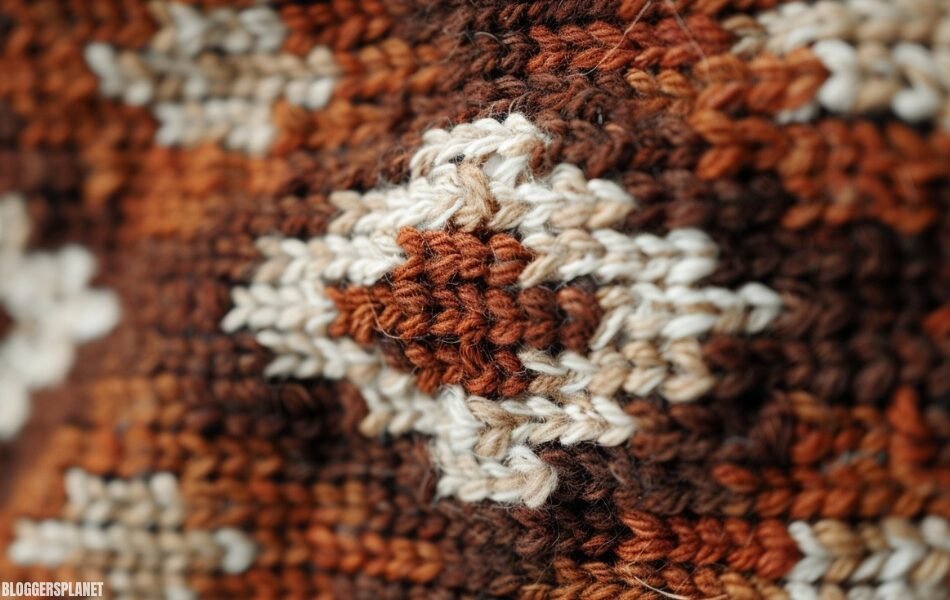Unleash Creativity with Aoomaal: A Timeless Art Form

Have you ever wondered about the intricate beauty of ancient crafts? Perhaps you’ve stumbled upon the term “aoomaal” and been intrigued by its enigmatic allure. Aoomaal, a word steeped in history and culture, refers to a traditional art form that has captivated artisans and enthusiasts for centuries.
At its core, it is a delicate process of creating intricate patterns on various surfaces, often using natural dyes and age-old techniques. These patterns, characterized by their geometric precision and vibrant colors, have adorned everything from textiles to pottery and architecture.
In the following sections, we will delve deeper into the world of aoomaal, exploring its origins, techniques, and cultural significance. We will also discuss its contemporary relevance and how it continues to inspire artists and designers today.
A Deep Dive into Aoomaal
It is a traditional art form that involves creating intricate patterns on various surfaces, often using natural dyes and age-old techniques. The word itself, “aoomaal,” is derived from ancient Sanskrit roots, signifying “beautiful adornment.” This etymology hints at the aesthetic appeal and decorative purpose of aoomaal.
The origins of it can be traced back to ancient civilizations, where it was used to embellish textiles, pottery, and architectural structures. In India, for instance, it has been an integral part of various art forms, including Madhubani painting and Kalamkari. Similarly, in many Islamic cultures, it has been employed in the creation of intricate geometric patterns on tiles, carpets, and manuscripts.
It transcends geographical boundaries and has been embraced by diverse cultures across the globe. In each region, it has evolved into unique styles and techniques, reflecting local traditions and aesthetics. From the vibrant colors of Indian aoomaal to the minimalist elegance of Japanese Shibori, this art form showcases the rich tapestry of human creativity.
A Kaleidoscope of Aoomaal Styles
It is a diverse art form with many different styles and techniques. Textile-based it is perhaps the most well-known, involving the embellishment of fabrics through block printing, screen printing, and hand painting. These techniques have been used to create stunning textiles for clothing, home decor, and religious purposes.
It has also found expression in ceramics, with potters using techniques like slip decoration, inlay, and underglaze and overglaze painting to adorn their creations. These ceramic it pieces range from utilitarian pottery to exquisite art objects.
Additionally, it has left its mark on architecture, adorning buildings with intricate patterns and designs. Techniques like intarsia and Mughal architecture’s use of pietra dura are examples of architectural aoomaal. These elements not only enhance the aesthetic appeal of buildings but also reflect the cultural and historical significance of the region.
A Beginner’s Guide to Aoomaal
It while seemingly complex, can be mastered with patience and practice. Before you begin, gather essential tools like fabric or paper, dyes, brushes, a stencil (optional), and tracing paper.
Start by preparing your surface, ensuring it’s clean and wrinkle-free. Design your pattern on paper, either by sketching your own or using traditional aoomaal motifs. Transfer this design onto your chosen surface using tracing paper or a stencil.
Dip your brush into the dye and carefully apply it to the surface, following your design. Use a light touch to avoid smudging. Let the dyed surface dry completely before handling it. To ensure the colors last, you may need to heat-set or chemically fix the dye.
Remember, practice is key. Experiment with colors, use a light touch, clean your brushes, and be patient. Avoid common mistakes like using too much dye, not fixing the color, rushing the process, and neglecting practice. By following these tips, you can create stunning aoomaal pieces that showcase your creativity and skill.
The Holistic Benefits of Aoomaal
It beyond its aesthetic appeal, offers a myriad of benefits that extend to physical, mental, and environmental well-being.
Engaging in aoomaal can have a positive impact on physical health. The intricate and repetitive nature of the art form can improve fine motor skills, hand-eye coordination, and dexterity. The act of creating can also be a form of gentle exercise, reducing stress and promoting physical relaxation.
It is a powerful tool for mental and emotional well-being. The meditative process of creating intricate patterns can reduce stress, anxiety, and depression. It provides a much-needed escape from the hustle and bustle of daily life, allowing individuals to focus on the present moment.
The sense of accomplishment and pride that comes from creating beautiful it pieces can boost self-esteem and confidence. Additionally, the social aspect of sharing and learning it techniques can foster a sense of community and belonging.
Aoomaal, with its emphasis on natural dyes and traditional techniques, is an environmentally friendly art form. By using sustainable materials and minimizing waste, it practitioners contribute to a greener planet. The use of natural dyes, derived from plants and minerals, reduces the reliance on harmful synthetic chemicals.
Moreover, it often involves the repurposing of materials, such as old fabrics or discarded paper. This practice promotes sustainability and reduces the consumption of new resources.
Aoomaal: A Timeless Art in Modern Times
It once a traditional art form, has found new life in modern times. Contemporary artists are incorporating its techniques into their work, breathing new life into this ancient craft. From fashion designers using aoomaal patterns in their clothing to interior designers incorporating aoomal-inspired motifs in home decor, this art form is making its mark on modern urban culture.
It versatility has led to innovative applications. Designers are creating unique and stylish clothing, accessories, and home decor using it techniques. It inspired patterns can be used to create stunning wall art, textiles, and furniture. Even digital artists are embracing aoomaal, pushing the boundaries of this traditional art form with contemporary digital tools.
The future of it looks promising. With growing interest in traditional crafts and sustainable practices, it is poised for a resurgence. New techniques and materials may emerge, and it may even find its way into unexpected fields like product design and architecture. Ultimately, the future of it lies in the hands of creative individuals who are passionate about preserving this rich cultural heritage and sharing it with the world.
A Timeless Art, A Modern Revival
Aoomaal, a testament to human creativity, has captivated artisans for centuries. From its ancient origins to its contemporary applications, it continues to inspire and amaze. We’ve explored the intricate techniques, diverse styles, and numerous benefits associated with this timeless art form.
Whether you’re a seasoned artist or a curious beginner, it offers a unique opportunity to connect with your creativity, reduce stress, and create beautiful works of art. We encourage you to embrace this ancient tradition and incorporate it into your life. Share your aoomal journey with others, inspire new generations of artists, and help preserve this invaluable cultural heritage.
As we look to the future, the potential of aoomaal is boundless. With innovation and creativity, this ancient art form can continue to evolve and adapt to the changing times. Let us celebrate the beauty and versatility of aoomal, and work together to ensure its legacy for generations to come.
FAQ’s
Q: What is Aoomaal?
A: It is a traditional art form that involves creating intricate patterns on various surfaces, often using natural dyes and age-old techniques. The word itself, “aoomaal,” is derived from ancient Sanskrit roots, signifying “beautiful adornment.”
Q: What are the different types of Aoomaal?
A: It encompasses a diverse range of styles and techniques. Textile-based it involves embellishing fabrics through block printing, screen printing, and hand painting. Ceramic it involves techniques like slip decoration, inlay, and underglaze and overglaze painting. Architectural aoomaal, found in styles like intarsia and Mughal architecture, involves adorning buildings with intricate patterns.
Q: How can I start practicing Aoomaal?
A: To begin your aoomaal journey, gather essential tools like fabric or paper, dyes, brushes, a stencil (optional), and tracing paper. Prepare your surface, design your pattern, and transfer it onto the surface. Apply dye with a light touch, let it dry, and fix the color. Remember, practice is key, so experiment with colors, be patient, and avoid common mistakes like using too much dye or rushing the process.
Q: What are the benefits of practicing Aoomaal?
A: It offers a multitude of benefits. Physically, it improves fine motor skills, hand-eye coordination, and can be a form of gentle exercise. Mentally, it reduces stress, anxiety, and depression, boosts self-esteem, and fosters a sense of community. Environmentally, it use of natural dyes and sustainable practices contributes to a greener planet.








